
The first time I packed up my apartment in Boston to “work remotely” for a year, my mother thought I’d lost my mind. “You’re going to do what?” she asked, clutching her coffee mug like it might protect her from my apparent quarter-life crisis. Three years and twelve countries later, I’ve learned a thing or two about this lifestyle that’s simultaneously glamorized and misunderstood.
Here’s the truth: being a digital nomad isn’t all Instagram-worthy beach offices and exotic street food adventures. But when you find those perfect spots—where your dollar stretches like elastic and the WiFi doesn’t make you want to throw your laptop into the sea—it comes pretty damn close to the dream.
Finding Your Digital Nomad Paradise: Cost vs. Quality of Life
When I first started researching places to live as a digital nomad, I fell into the classic trap of looking solely at cost-of-living numbers. “Thailand is cheap!” the internet proclaimed. Well, yes—but there’s a world of difference between surviving in a place and actually thriving there.
The sweet spot lies at the intersection of affordability, infrastructure, community, and that ineffable quality that makes you want to stay just “one more week” (until those weeks turn into months). It’s about finding places where your income from clients or employers in stronger economies can fund a lifestyle that would be financially out of reach back home.
Let’s dive into the countries that offer that magical balance—places where you can live well without watching your bank account drain faster than your laptop battery at a café without outlets.
Top 7 Budget-Friendly Countries for Digital Nomads
1. Portugal: Europe’s Affordable Gem
When I landed in Lisbon three summers ago, I expected to stay for two weeks. I ended up staying four months. Portugal has somehow remained Europe’s best-kept secret for affordable living, even as digital nomads flock there in increasing numbers.
In Lisbon or Porto, you can rent a decent apartment for €600-800 monthly in central areas—a fraction of what you’d pay in Paris or London. A meal out costs €10-15, and the country boasts some of Europe’s best coffee for just €1-2. But it’s not just the affordability that captivates; it’s the seamless blend of history and modernity.
Unlike many budget destinations, Portugal offers all the comforts of Western Europe: excellent healthcare, reliable public transportation, and infrastructure that makes daily life smooth. The recent introduction of the Digital Nomad Visa has formalized what many already knew: Portugal welcomes remote workers with open arms.
![Insert image of a coworking space in Lisbon with historic architecture views]

2. Thailand: The Original Digital Nomad Hub
There’s a reason Thailand appears on every digital nomad list ever created. In Chiang Mai, the unofficial capital of the digital nomad world, you can live extraordinarily well on $1,000-1,500 per month—including a modern apartment, daily restaurant meals, and weekend trips to mountain temples or island getaways.
I spent six months hopping between Chiang Mai, Bangkok, and Koh Lanta, finding each offered its own flavor of the nomad experience. Chiang Mai provides an established community and urban conveniences at provincial prices. Bangkok delivers big-city energy with surprisingly affordable pockets. The islands offer paradise backdrops for your Zoom calls, though with occasionally temperamental internet.
The street food alone is worth the trip—$1-2 for dishes that would cost five times as much at your local Thai restaurant back home. And Thai massage for $10? Your work-hunched shoulders will thank you.
3. Mexico: Close to Home, Far from Ordinary
“Mexico is like the gateway drug of international nomadism for Americans,” my friend Jake joked over tacos in Mexico City. He’s not wrong. The combination of geographic proximity to the US, cultural richness, and cost savings makes Mexico irresistible for first-time nomads.
In Mexico City, Playa del Carmen, or the increasingly popular Mérida, $1,200-1,800 monthly buys a lifestyle that would cost triple north of the border. My apartment in Roma Norte (Mexico City’s hipster haven) cost $700 monthly and would have been $2,500+ in any major US city.
The internet is surprisingly robust in urban centers, and the recent explosion of coworking spaces means you’re never far from a productive environment. Just be warned: the food scene will ruin you for Tex-Mex forever.
4. Vietnam: Southeast Asia’s Rising Star
If Thailand is the established nomad destination in Southeast Asia, Vietnam is the exciting up-and-comer. In Hanoi or Ho Chi Minh City, $1,000 monthly affords a lifestyle that feels almost decadent—think daily cappuccinos, regular massages, and eating out for nearly every meal without budget stress.
I spent three months in Vietnam and found myself consistently shocked by the prices. A bowl of perfect phở for $1.50? A modern studio apartment for $350-500? It almost feels like cheating.
The trade-offs come in the form of infrastructure challenges (though these are rapidly improving) and a language barrier that can be more pronounced than in some other nomad hotspots. But the warmth of Vietnamese hospitality and the country’s breathtaking natural beauty more than compensate.
5. Colombia: South America’s Diverse Haven
“The most dangerous thing about Colombia is that you won’t want to leave,” my Medellín Airbnb host told me, and she wasn’t exaggerating. Colombia offers an intoxicating blend of Andean mountain settings, Caribbean coastline, and vibrant urban environments—all at prices that seem impossible for what you get.
In Medellín’s upscale El Poblado neighborhood or Bogotá’s Chapinero area, $1,000-1,500 monthly covers a premium lifestyle. My two-bedroom apartment with mountain views in Medellín cost $650, and dinners out rarely exceeded $10-15, even at trendy spots.
The country’s time zone alignment with the US makes it particularly convenient for those working with North American clients or employers. And the recent introduction of the digital nomad visa shows Colombia’s commitment to welcoming remote workers.
6. Romania: Eastern Europe’s Hidden Value
Romania rarely makes the top of digital nomad lists, and that’s precisely what makes it special. While crowds flock to Croatia or Greece, Romania offers similar European charm at a fraction of the price.
In Cluj-Napoca or Timișoara, $800-1,200 monthly provides a comfortable lifestyle, including a centrally located apartment, regular meals out, and plenty left over for weekend exploration. Bucharest, while pricier, still offers extraordinary value compared to Western European capitals.
Romania’s internet is famously fast—among the best in Europe—and the country’s position gives easy access to both Eastern and Western European destinations. Just be prepared for fewer established nomad communities than in some other destinations on this list.
7. Indonesia: Beyond Bali
Yes, Bali is the Instagram star of the digital nomad world, but Indonesia offers so much more—and often at better prices. While Canggu and Ubud have seen costs rise with their popularity, places like Yogyakarta on Java or Lombok (Bali’s neighbor) offer similar tropical charm with fewer tourists and lower price tags.
Across Indonesia, $1,000-1,500 monthly allows for a lifestyle that includes a private villa or apartment, daily cafe working sessions, regular massages, and motorbike adventures through rice terraces or to hidden beaches.
The drawbacks include internet reliability outside major tourist centers and infrastructure challenges, but for many, the trade-off is worthwhile for the sheer beauty and cultural richness Indonesia offers.
The Practicalities: Visas, Banking, and Getting Set Up
Now for the less sexy but crucial part of nomad life: the logistics. Many countries have recognized the economic potential of digital nomads and have created specific visa categories:
- Portugal’s D7 Visa and Digital Nomad Visa: Allows stays of one year or more
- Thailand’s Smart Visa and new Long-Term Resident Visa: Options for longer stays beyond tourist visas
- Mexico’s Temporary Resident Visa: Relatively easy to obtain for those who can prove income
- Estonia’s Digital Nomad Visa: One of the pioneers, though Estonia itself isn’t a budget destination
For banking, I’ve found a combination of Wise (formerly TransferWise) for international transfers and a good travel credit card with no foreign transaction fees (like Chase Sapphire or Capital One Venture) handles most situations. Some nomads swear by Charles Schwab’s debit card, which reimburses ATM fees worldwide.
Tax considerations vary widely by your country of citizenship. As an American, I still file US taxes regardless of where I live (thanks to worldwide taxation), but many countries offer tax benefits to digital nomads. Portugal’s Non-Habitual Resident scheme, for example, can provide significant tax advantages for certain types of income.
Community: The Often Overlooked Factor
During my first month as a nomad in Bali, I barely spoke to anyone. I was living the dream—beautiful villa, amazing food, stunning surroundings—and I was miserable. I’d overlooked one of the most crucial factors in nomad happiness: community.
The best nomad destinations offer built-in community through:
- Established coworking spaces (Hubud in Bali, Punspace in Chiang Mai)
- Regular meetups and events (Nomad List meetups)
- Facebook groups specific to nomads in that location
- Coliving spaces that combine accommodation and community
I’ve found that spending a bit more to live closer to these community hubs pays dividends in happiness and productivity. After all, what’s the point of saving money if you’re isolated and unhappy?
The Reality Check: When Cheap Becomes Expensive
One afternoon in Chiang Mai, I found myself sitting in a hospital with food poisoning, realizing I’d skimped on travel insurance to save $30 monthly. Not my brightest moment. Sometimes the cheapest option becomes the most expensive.
Consider these often-overlooked costs when budgeting:
- Healthcare: International insurance from companies like SafetyWing or World Nomads is non-negotiable
- Visa runs: Border hops add up, both in money and time
- Quality housing: That $200 apartment might seem like a steal until you’re working through construction noise
- Reliable internet: Sometimes paying for a coworking space or better accommodations with guaranteed connectivity is worth every penny
The savviest nomads I know don’t necessarily live in the absolute cheapest places—they find the optimal balance between cost and quality of life.
Making the Move: Your First Steps
Ready to take the plunge? Start with these steps:
- Test the waters: Before committing to a long-term stay, visit for 2-4 weeks
- Join online communities: Facebook groups and Slack channels for nomads in your target destination provide invaluable insights
- Sort your income: Ensure you have stable remote work before departing
- Research visa requirements: What seems simple can often become complicated
- Create a realistic budget: Include everything from accommodation to coffees to emergency funds
Remember, the goal isn’t just to live cheaply—it’s to live well for less than you would at home.
Conclusion: The Real Value Proposition
Three years into this lifestyle, I’ve learned that the best nomad destinations aren’t necessarily the cheapest in absolute terms—they’re the places offering the greatest value differential between cost and quality of life.
Portugal might be more expensive than Vietnam, but for Europeans seeking familiar comforts with significant savings, it represents tremendous value. Similarly, Mexico might cost more than rural Indonesia, but its accessibility and infrastructure make it worthwhile for many North Americans.
The digital nomad movement isn’t going anywhere—in fact, it’s just hitting its stride as remote work becomes normalized. The countries that understand and embrace this shift will continue to attract location-independent professionals and the economic benefits they bring.
Whether you’re looking to stretch your startup runway, save for a future home purchase, or simply live a richer life for less, these destinations offer pathways to achieving those goals—while collecting experiences that no corner office could ever provide.
Now if you’ll excuse me, my $2 coconut is getting warm and my beachfront “office” is calling.
Frequently Asked Questions (FAQs)
What is the cheapest country for digital nomads with good internet?
Vietnam consistently ranks among the most affordable countries with reliable internet in urban centers. Cities like Ho Chi Minh City and Hanoi offer excellent value with 4G coverage and increasingly available fiber internet in apartments and coworking spaces.
How much money do I need monthly to live as a digital nomad in Southeast Asia?
In Southeast Asian countries like Thailand, Vietnam, or Indonesia, a comfortable lifestyle (including private accommodation, regular meals out, and some travel) typically costs $1,000-1,500 per month. Budget-conscious nomads can manage on $800-1,000, while those seeking more luxury might spend $1,500-2,500.
Which European countries are affordable for digital nomads?
Portugal, Romania, Bulgaria, and parts of Greece offer the best value in Europe. Eastern European countries generally provide more affordable living costs while maintaining good infrastructure for remote workers.
Do I need a special visa to work remotely in foreign countries?
Many countries now offer specific digital nomad visas, including Estonia, Croatia, Portugal, and Costa Rica. Without these, many nomads use tourist visas, though this falls in a legal gray area as you’re technically working (albeit for foreign companies) while in the country.
What’s the best way to find accommodation as a digital nomad?
For short-term stays (1-4 weeks), Airbnb offers convenience but at premium prices. For longer stays, local Facebook groups, rental websites (like Thailand’s ddproperty.com or Mexico’s Inmuebles24), or on-the-ground agents often provide better value.
How do digital nomads handle healthcare and insurance?
Most digital nomads use international health insurance plans from providers like SafetyWing, World Nomads, or more comprehensive options like Cigna Global or Allianz. Some countries with digital nomad visas provide access to local healthcare systems.
What are the best banks and financial services for digital nomads?
Popular options include Wise (formerly TransferWise) for international transfers, Revolut for multi-currency accounts, and Charles Schwab for ATM fee reimbursements. Many nomads also maintain accounts in their home countries.
How do taxes work for digital nomads?
Tax obligations depend primarily on your citizenship and residency status. Americans must file US taxes regardless of location, while citizens of many other countries can establish tax residency elsewhere after certain periods. Some countries offer tax incentives specifically for digital nomads.
What’s the best way to find community as a digital nomad?
Coworking spaces, nomad-focused Facebook groups, Meetup.com events, and platforms like Nomad List facilitate connections. Coliving spaces combine accommodation with built-in community, ideal for first-time nomads.
How reliable is internet in popular digital nomad destinations?
Internet quality varies widely. South Korea, Romania, and Thailand offer excellent connectivity in urban areas, while more remote or developing regions may present challenges. Many nomads check average speeds on Nomad List or Speedtest’s global index before committing to destinations.
Top Tools and Services for Digital Nomads
- NomadList – https://nomadlist.com
The most comprehensive database of digital nomad destinations with cost breakdowns, climate data, and community scores. - Wise – https://wise.com
Essential multi-currency account for receiving and sending money internationally with minimal fees. - SafetyWing – https://safetywing.com
Insurance designed specifically for digital nomads, covering healthcare needs worldwide at affordable rates. - Airbnb – https://airbnb.com
Still the go-to platform for finding short to medium-term accommodation with amenities suited to remote work. - Booking.com – https://booking.com
Often offers better deals than Airbnb for shorter stays of 1-2 weeks with verified WiFi reviews. - Workfrom – https://workfrom.co
Database of cafes, coworking spaces, and other work-friendly spots globally with WiFi speed tests. - Google Fi – https://fi.google.com
Phone plan that works in 200+ countries without changing SIM cards, ideal for frequent border crossers. - ExpressVPN – https://expressvpn.com
Reliable VPN service for accessing home country services and securing connections on public WiFi. - TravelSpend – https://travelspend.com
App for tracking expenses across multiple currencies, helping maintain budgets while traveling. - DocHub – https://dochub.com
Digital document signing platform for handling contracts and paperwork remotely. - Revolut – https://revolut.com
Digital banking alternative with competitive currency exchange rates and useful budgeting features. - Selina – https://selina.com
Global network of coliving/coworking spaces designed specifically for digital nomads. - WiFi Map – https://wifimap.io
App showing available WiFi networks worldwide with passwords shared by community members. - Skyscanner – https://skyscanner.com
Flight comparison tool with “everywhere” search option perfect for flexible nomads. - Rome2Rio – https://rome2rio.com
Transportation planning tool showing multiple ways to get between destinations with cost comparisons.
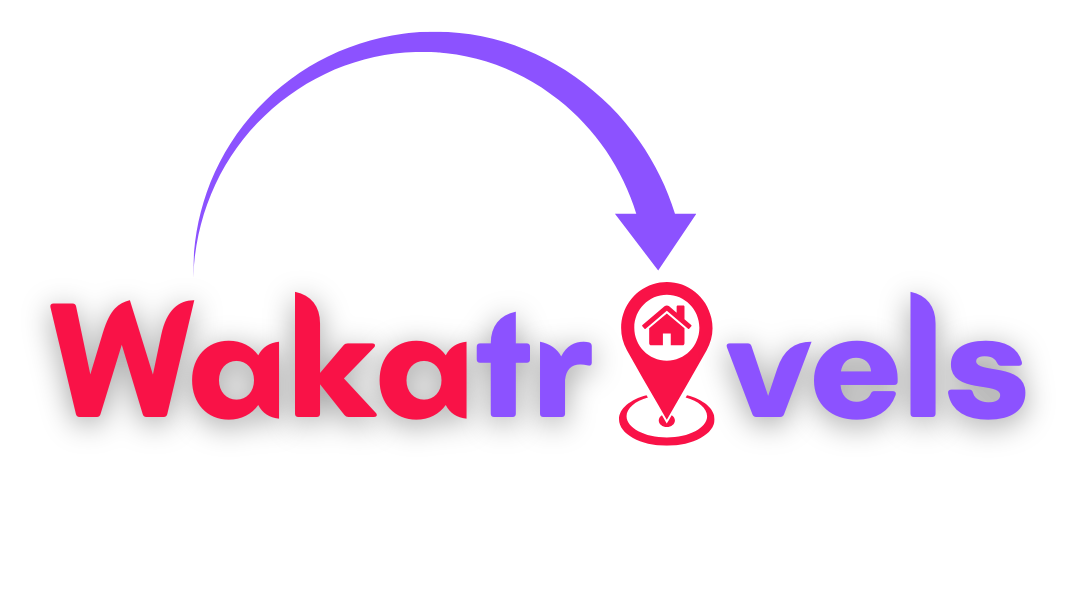

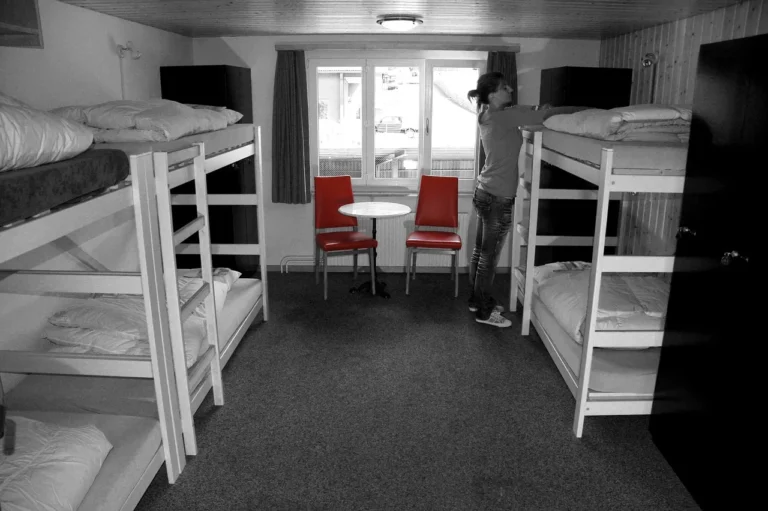

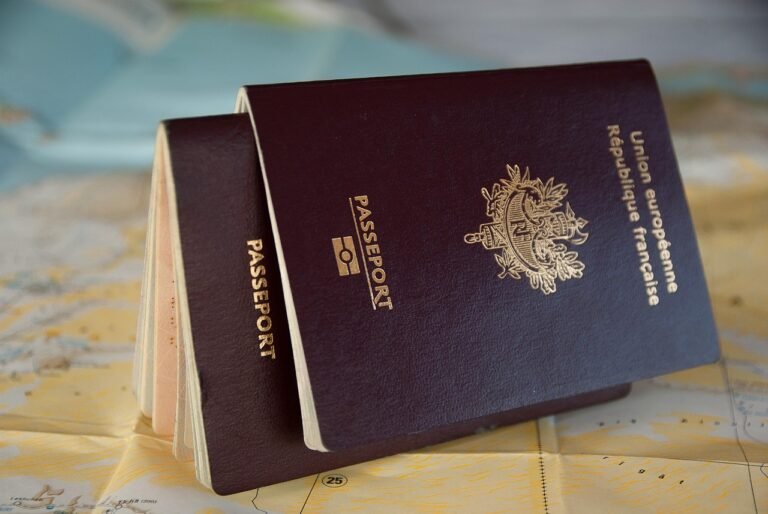
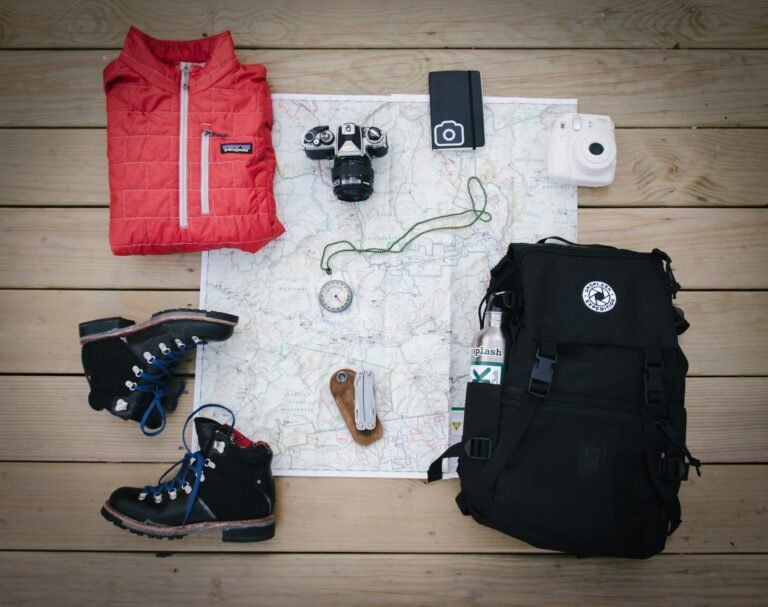
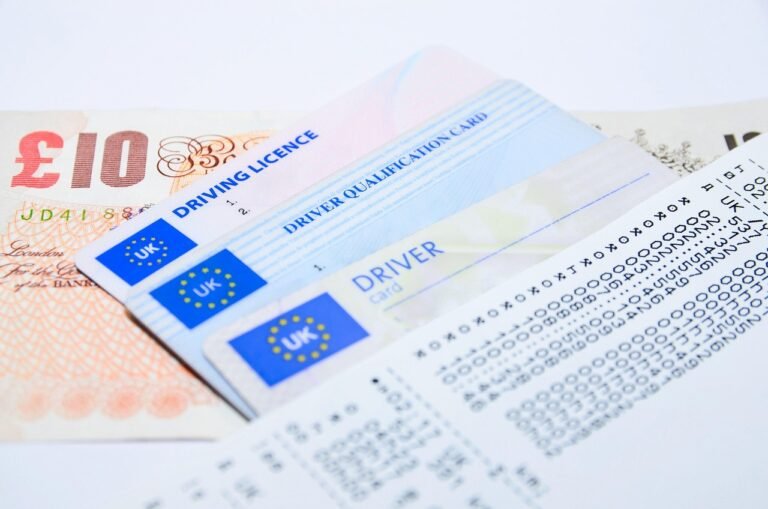
Howdy! Quick question that’s entirely off topic. Do you know how
to make your site mobile friendly? My blog looks weird when browsing
from my apple iphone. I’m trying to find a theme or plugin that might be able to fix this issue.
If you have any suggestions, please share.
With thanks!